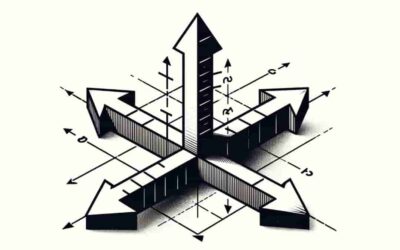The union of two sets A & B is defined as a set that contains all the member elements of A and B. the union operation is denoted by the symbol ∪.
One point to remember here is that the union of two or more sets always gives a set with distinct members i.e., in case any of the sets contain any duplicate values or if the result of combining the elements of the set results in duplicate values, the net outcome of the union operation will always result in distinct elements.
Example ⇒
If A = { 1, 2, 3, 4 } and B = { 1, 4, 5, 6 }
Then A ∪ B = { 1, 2, 3, 4, 5, 6 } and not { 1, 1, 2, 3, 4, 4, 5, 6 }
Similarly, if A = { 1, 1, 1, 2, 3 } and B = { 1, 1, 2, 2, 4 }
Then A ∪ B = { 1, 2, 3, 4 }





0 Comments